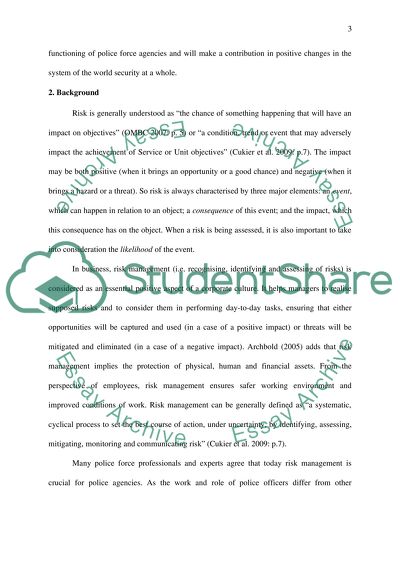Cite this document
(“Non-financial risk management for Police Force Dissertation”, n.d.)
Retrieved from https://studentshare.org/gender-sexual-studies/1409173-non-financial-risk-management-for-police-force
Retrieved from https://studentshare.org/gender-sexual-studies/1409173-non-financial-risk-management-for-police-force
(Non-Financial Risk Management for Police Force Dissertation)
https://studentshare.org/gender-sexual-studies/1409173-non-financial-risk-management-for-police-force.
https://studentshare.org/gender-sexual-studies/1409173-non-financial-risk-management-for-police-force.
“Non-Financial Risk Management for Police Force Dissertation”, n.d. https://studentshare.org/gender-sexual-studies/1409173-non-financial-risk-management-for-police-force.


